Introduced several months ago, the new Honda HR-V is getting closer and closer to reaching the Portuguese market, something that was expected to happen this year, but which, due to the semiconductor crisis that affects the automotive industry, will only materialize in early 2022.
Available only with a hybrid engine, the third generation of the Japanese SUV continues Honda's commitment to electrification, which has already made it known that in 2022 it will have a fully electrified range in Europe, with the exception of the Civic Type R.
For all that, and with more than 3.8 million units sold worldwide since it was launched in 1999, the new HR-V Hybrid — its official name — is an important “business card” for the Honda, especially in the “old continent”.
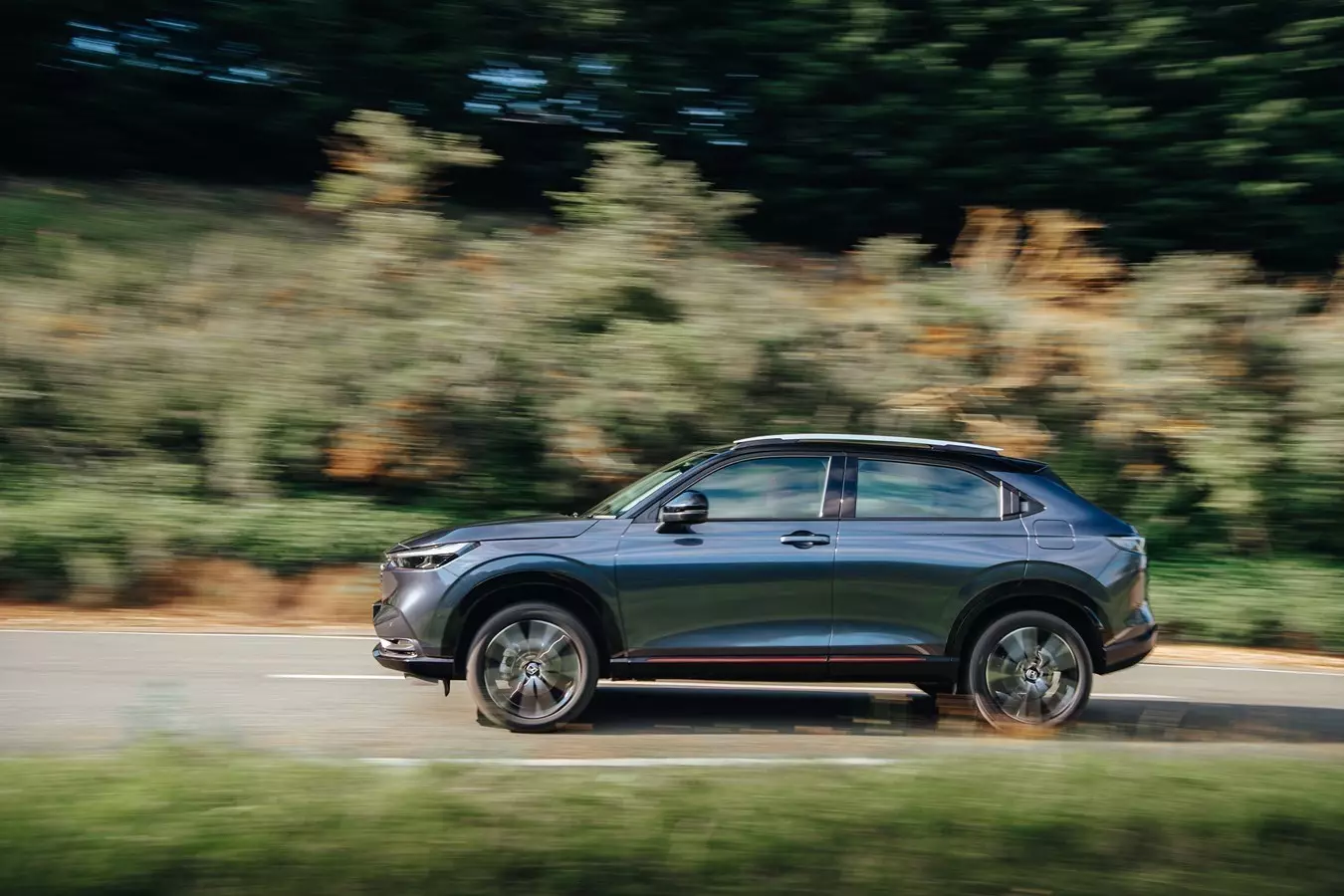
"coupé" image
Horizontal lines, simple lines and “coupé” format. This is how the exterior image of the HR-V can be described, which presents a more extensive look on the European market.
The lower roof line (less 20 mm compared to the previous model) contributes greatly to this, although the increase in the size of the wheels to 18" and the increase in ground height by 10 mm have helped to reinforce the robust posture of the model.

At the front, the new grille in the same color as the bodywork and the torn Full LED light signature stand out. In profile, it's the most recessed and leaning A-pillar that steals attention. At the rear, the full-width light strip, which joins the rear optics, stands out.
Inside: what has changed?
Built on the GSP (Global Small Platform), the same platform we found on the new Honda Jazz, the HR-V kept the overall exterior dimensions of the previous model, but started to offer more space.
As with the exterior, the cabin's horizontal lines help to reinforce the model's feeling of width, while the “clean” surfaces give it a more elegant appearance.
In the technological chapter, at the center of the dashboard, we find a 9” screen with the HMI system that allows integration with the smartphone through the Apple CarPlay systems (no need for a cable) and Android Auto. Behind the steering wheel, a 7” digital panel that displays the most pertinent information for the driver.
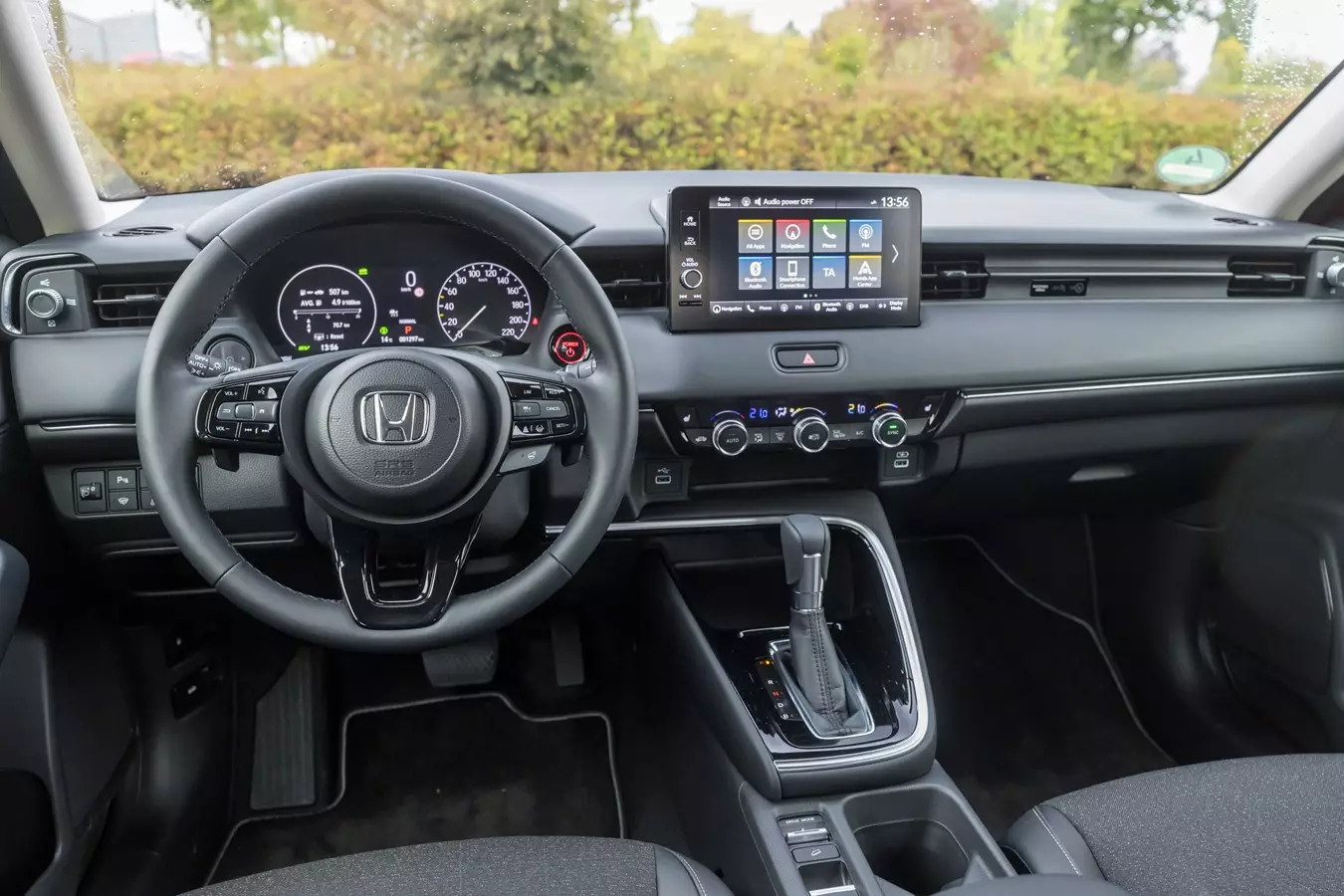
The “L”-shaped air vents, positioned on the sides of the dashboard, are also an absolute novelty in this model.
They allow air to be directed through the front windows and create a kind of air curtain from the side and above the passengers.
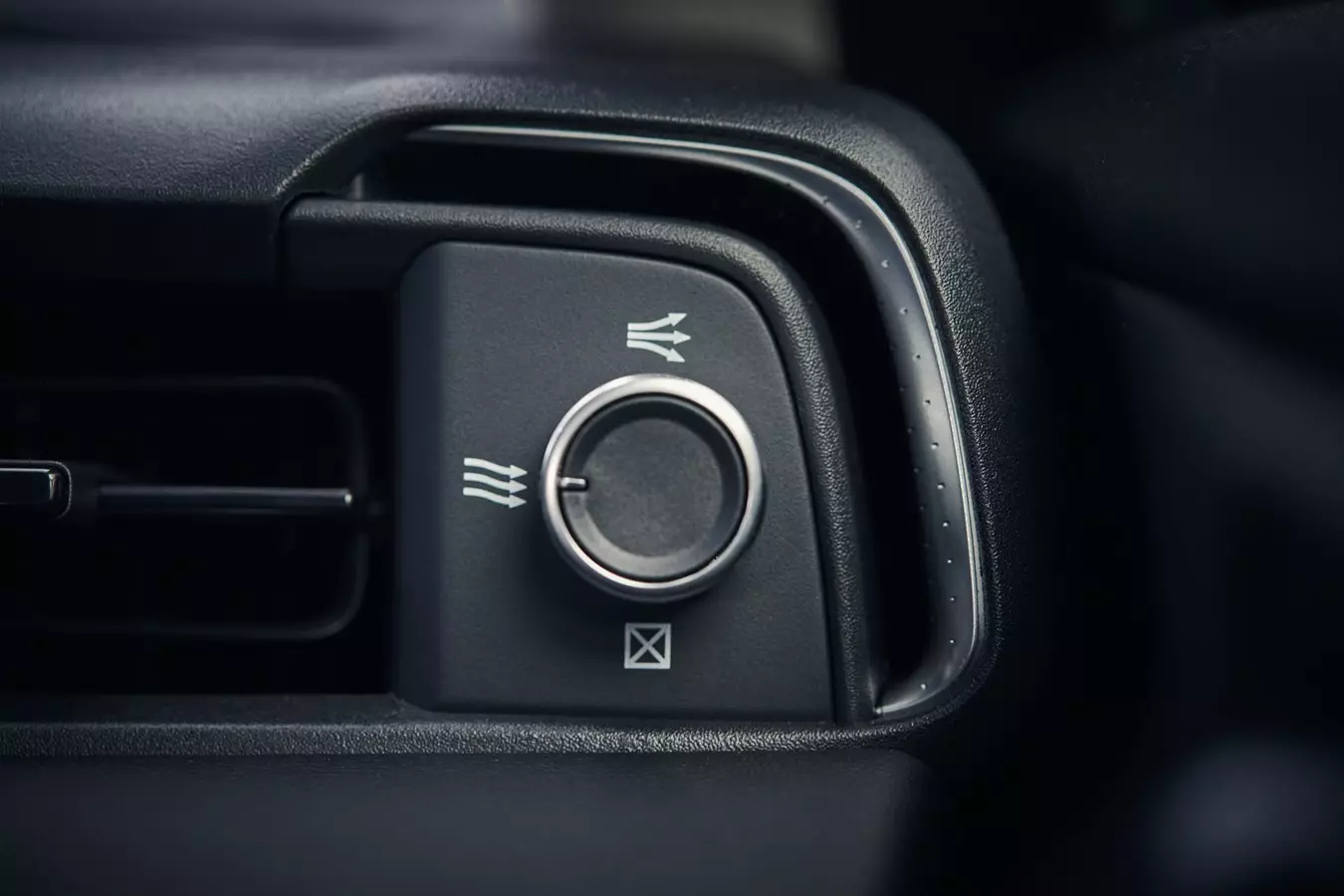
This is a solution that promises to be more efficient and more comfortable for all occupants. And during my first contact with this new Honda SUV, I could see that this new air diffusion system prevents air from being projected directly onto the passengers' faces.
More space and versatility
The front seats are now 10 mm higher, which allows for better visibility to the outside. Added to the fact that the fuel tank is still under the front seats together with the rearward position of the rear seats makes the legroom even more generous.
In the few hours I've been with the model, I have come to realize that back, legroom will never be an issue. But anyone who is more than 1.80 m tall will practically touch the roof with their head. And despite the width of this HR-V, the back doesn't go beyond the two people. That's if you want to go in comfort.
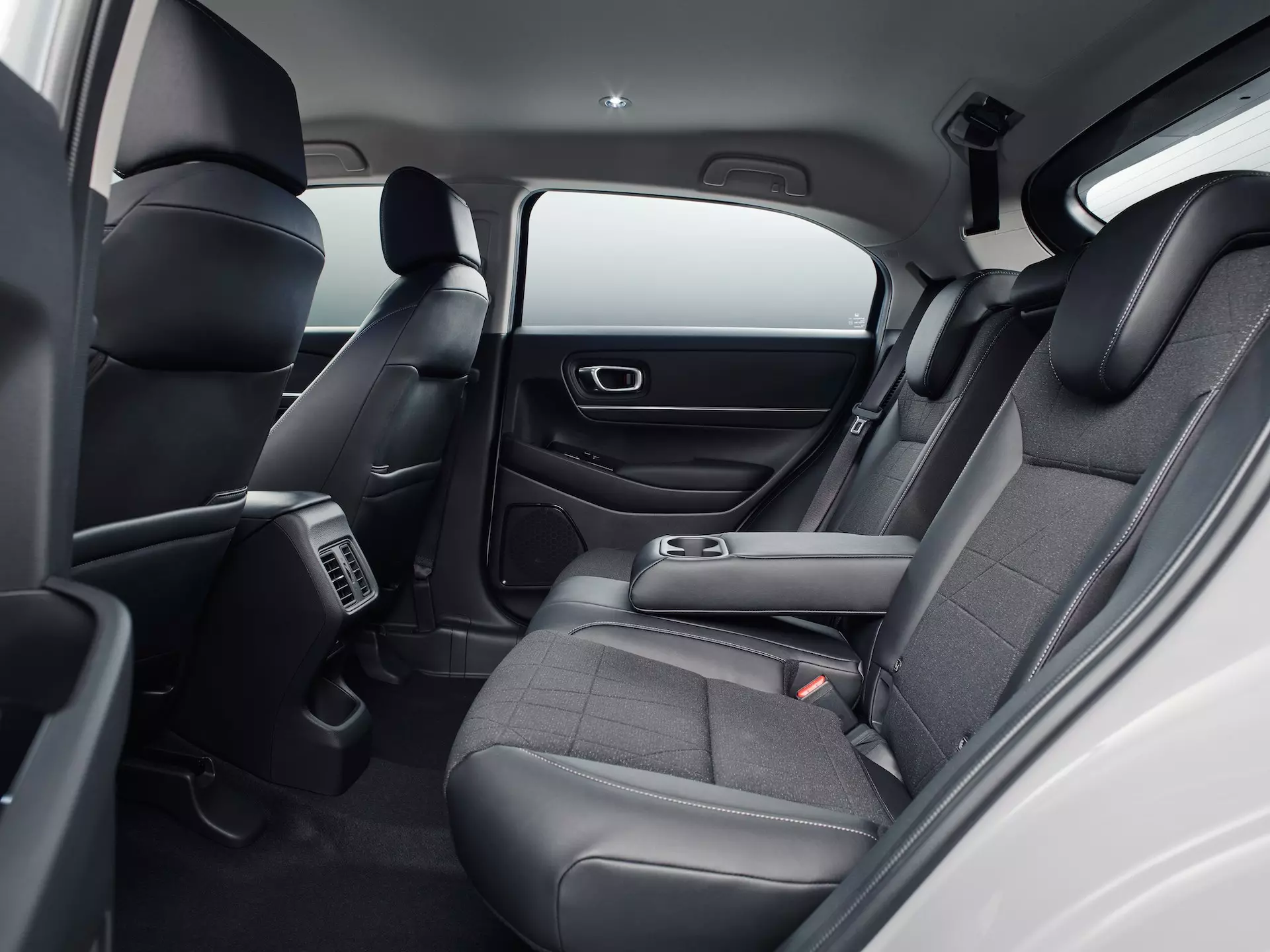
This was also felt at the level of the luggage compartment, which was slightly impaired (the lower roof line doesn't help either…): the HR-V of the previous generation had 470 liters of cargo and the new one is only at 335 liters.
But what was lost in cargo space (with the rear seats upright) is, in my view, made up for by the versatility solutions that Honda continues to offer, such as the Magic Seats (magic seats) and the flat floor of the trunk, which can accommodate a huge variety of luggage. It is possible to transport, for example, surfboards and two bicycles (without the front wheels).
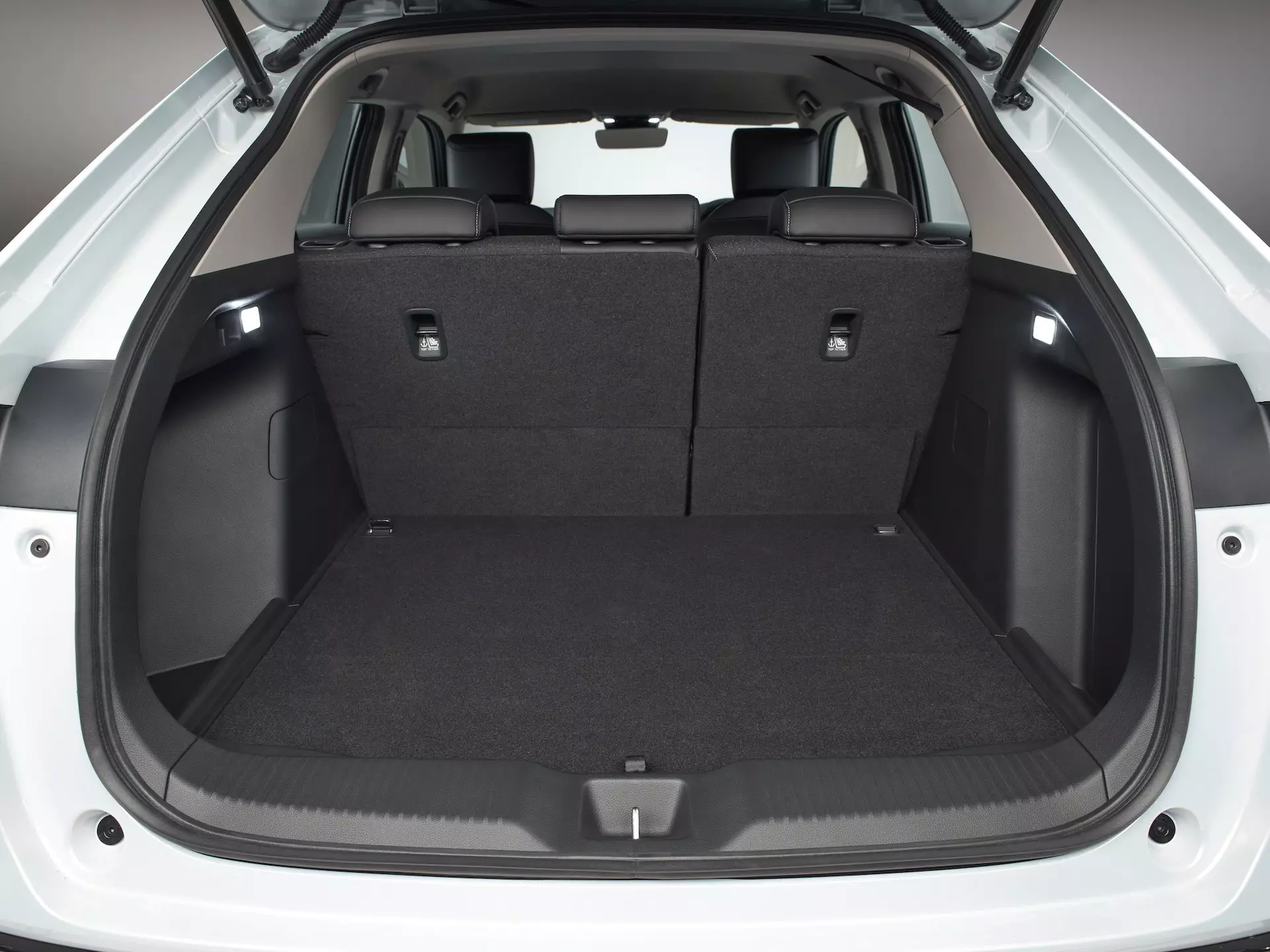
"All-in" in electrification
As mentioned above, the new HR-V is only available with Honda's e:HEV hybrid engine, which consists of two electric motors that work together with a 1.5 liter i-VTEC combustion engine (Atkinson cycle), a Li-ion battery with 60 cells (on the Jazz it's only 45) and a fixed gearbox, which sends torque exclusively to the front wheels.
Among the mechanical innovations, the positioning of the power control unit (PCU) is also noteworthy, which in addition to being more compact is now integrated in the engine compartment and also has a shorter distance between the electric motor and the wheels.
In total we have 131 hp of maximum power and 253 Nm of torque, figures that allow you to accelerate from 0 to 100 km/h in 10.6s and reach 170 km/h of maximum speed.
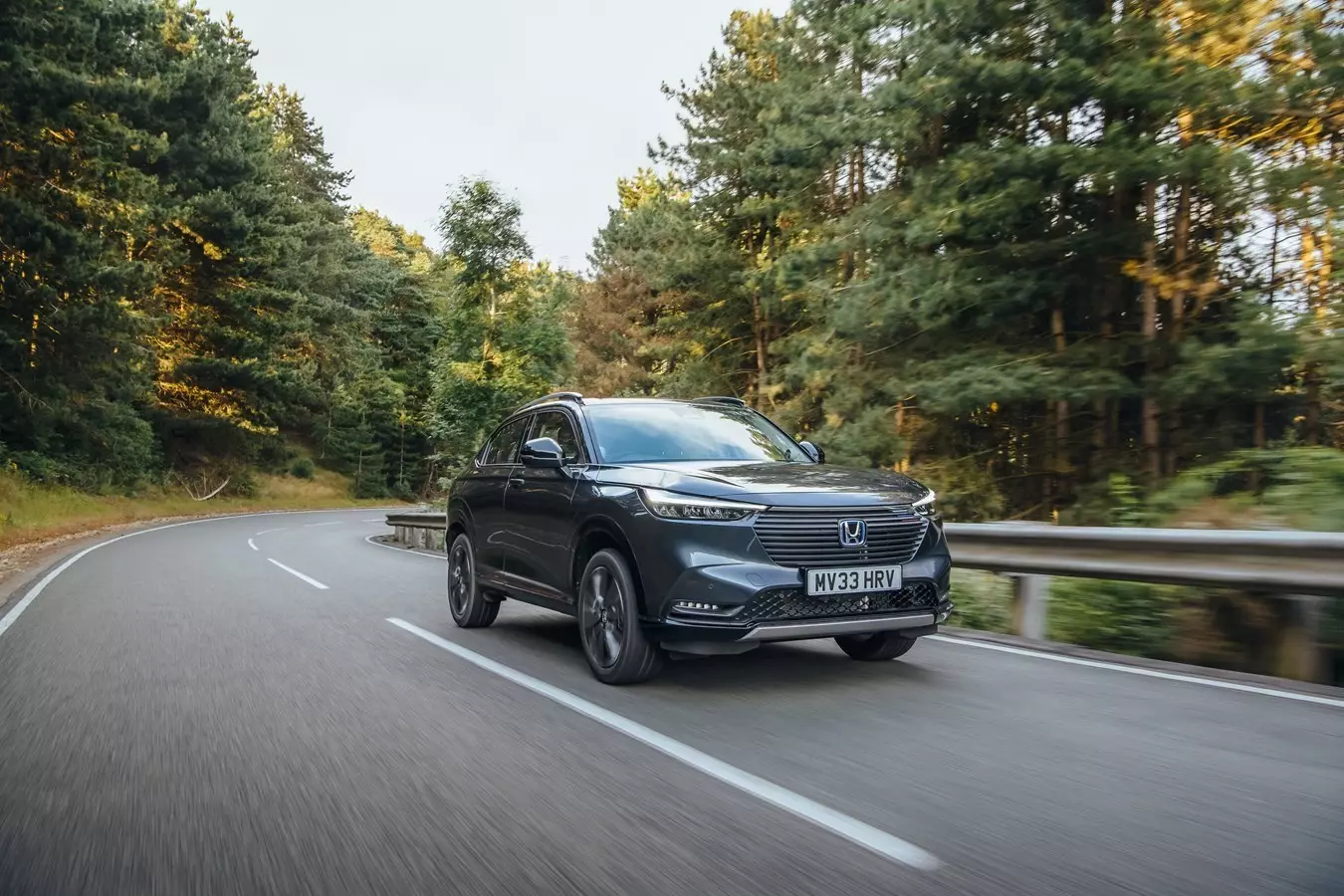
However, the focus of this hybrid system is consumption. Honda claims an average of 5.4 l/100 km and the truth is that during the first kilometers behind the wheel of the HR-V I was always able to travel around 5.7 l/100 km.
three driving modes
The HR-V's e:HEV system allows three operating modes — Electric Drive, Hybrid Drive and Engine Drive — and three distinct driving modes: Sport, Econ and Normal.
In Sport mode the throttle is more sensitive and we feel a more immediate response. In Econ mode, as the name suggests, there is an extra concern to keep consumption under control, by adjusting the throttle response and the air conditioning. Normal Mode achieves a compromise between the other two modes.
The Electronic Control Unit automatically and constantly switches between Electric Drive, Hybrid Drive and Engine Drive, according to the most efficient option for each driving situation.
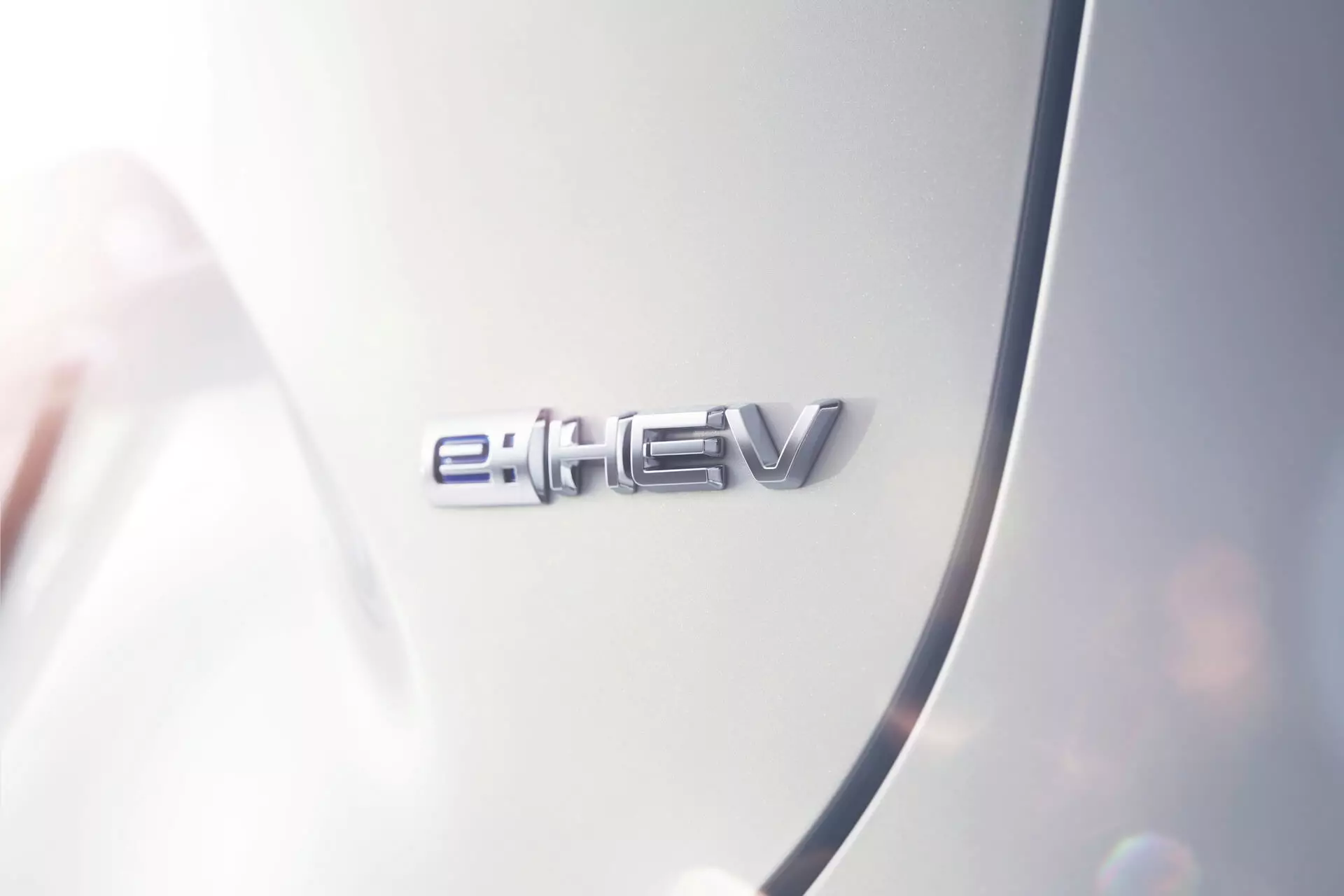
However, and as we proved in our first contact behind the wheel of this new Honda SUV, in an urban environment it is possible to walk most of the time using electric motors alone.
At higher speeds, such as on a highway, the combustion engine is called to intervene and is responsible for sending torque directly to the wheels. But if more power is needed, for an overtaking for example, the system immediately switches to hybrid mode. Finally, in electric mode, the combustion engine is only used to “power” the electrical system.
Steering and suspension improvements
For this new generation of the HR-V Honda not only increased the rigidity of the set but also made several improvements in terms of suspension and steering.
And the truth is that it doesn't take many kilometers to feel that this Japanese SUV is much more comfortable and even more pleasant to drive. And here, the higher driving position, the excellent visibility to the outside and the very comfortable front seats (they don't offer much lateral support, but they still manage to keep us in place) also have some “guilt”.

I was pleasantly surprised by the soundproofing of the cabin (at least when the combustion engine is “asleep”…), with the smooth running of the hybrid system and with the weight of the steering, which feels much faster and more precise.
However, there is always a greater concern with comfort than with dynamism and when we enter a curve faster the chassis registers that speed and we receive some bearing back from the bodywork. But nothing enough to spoil the experience behind the wheel of this SUV.
When arrives?
The new Honda HR-V will only reach the Portuguese market at the beginning of next year, but orders will open to the public during the month of November. However, the final prices for our country — or the organization of the range — have not yet been released.
